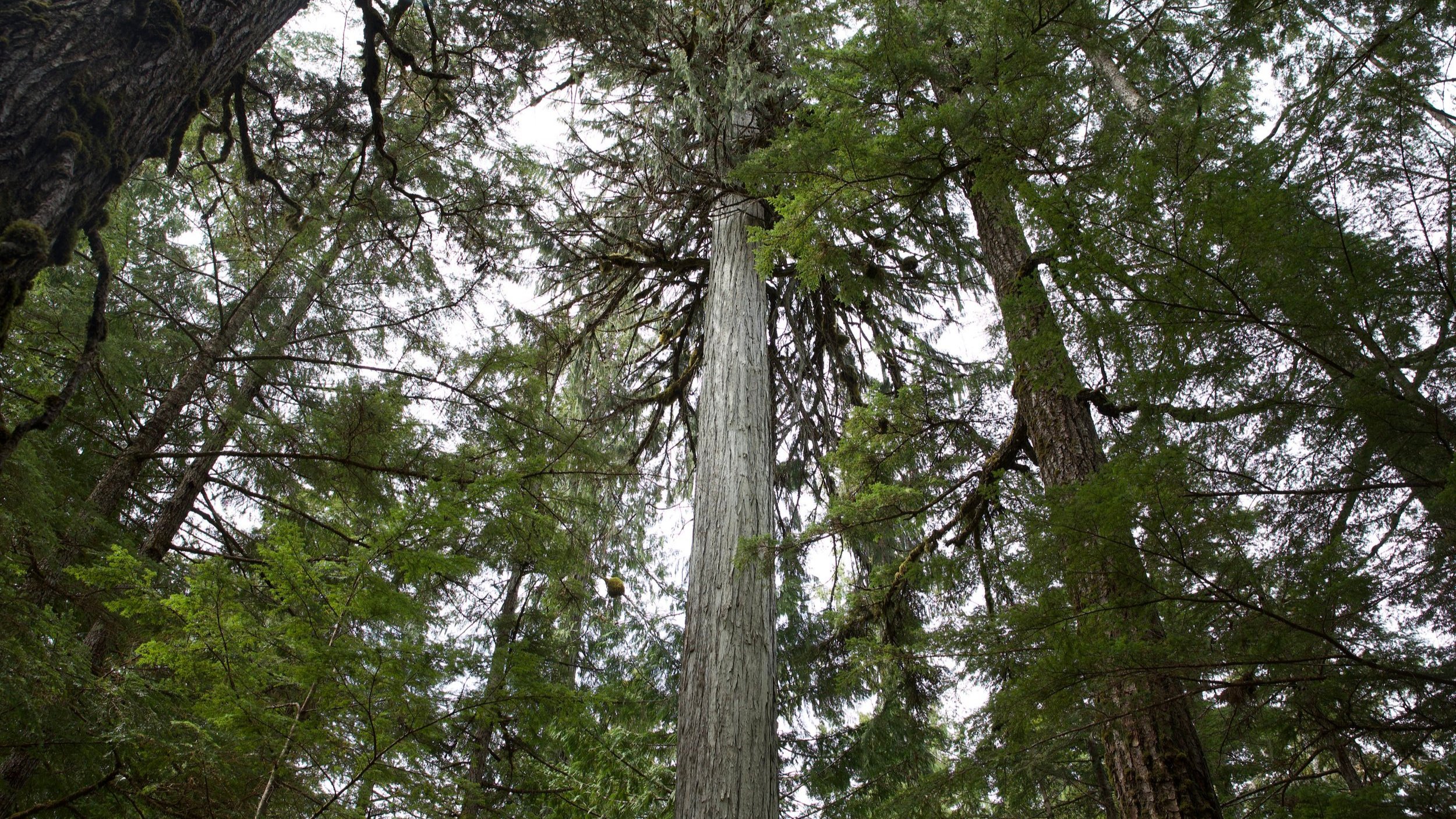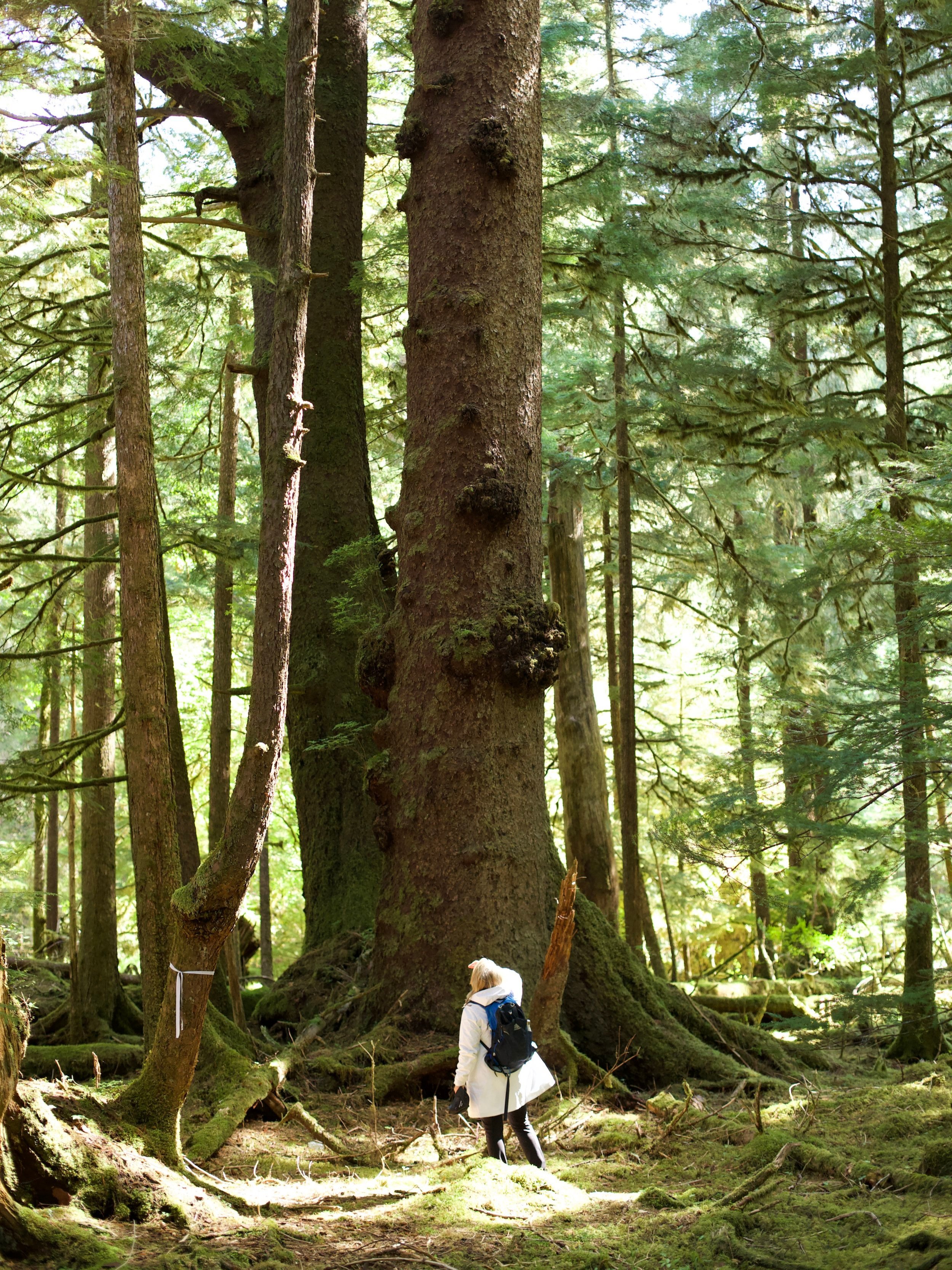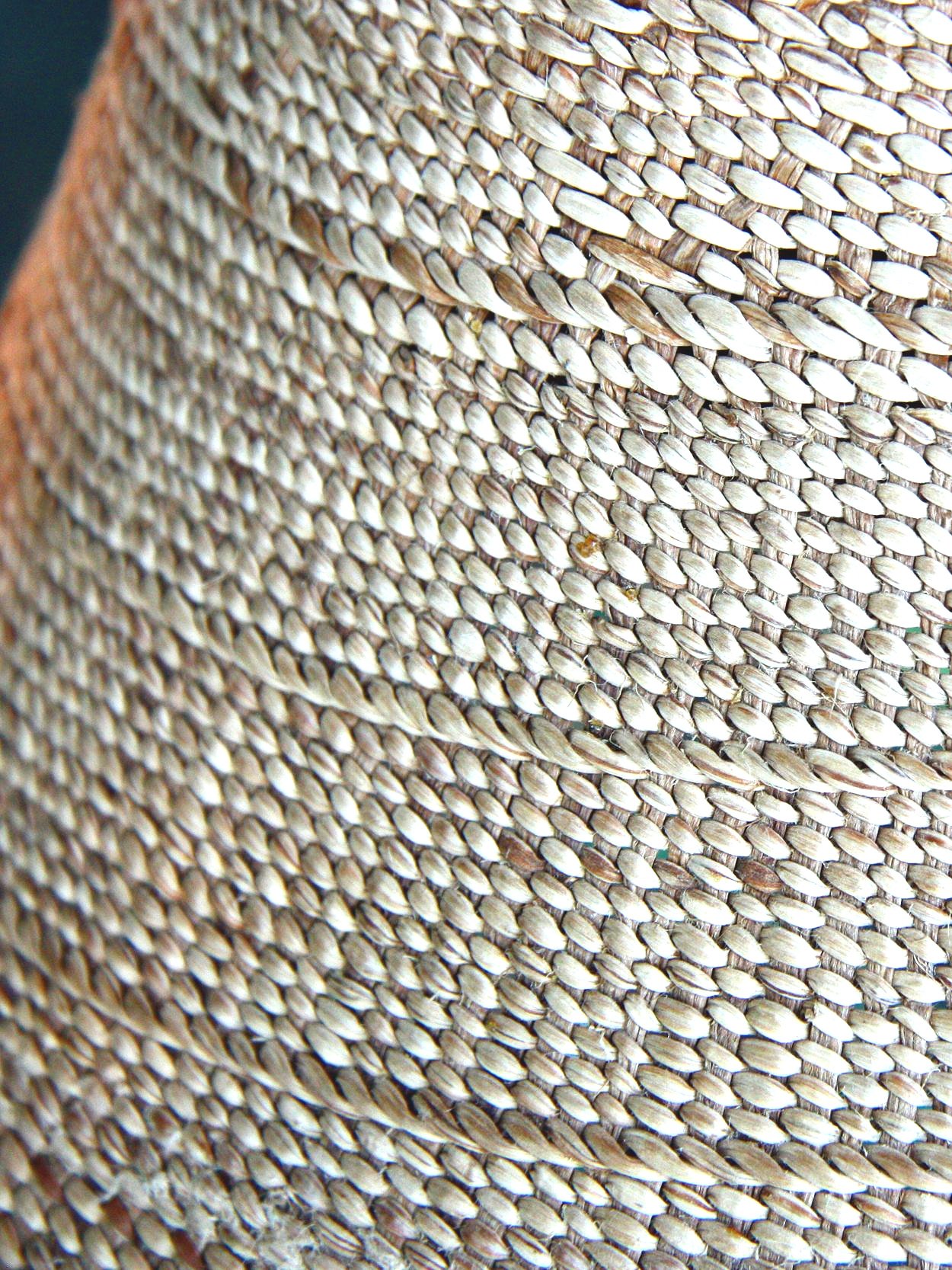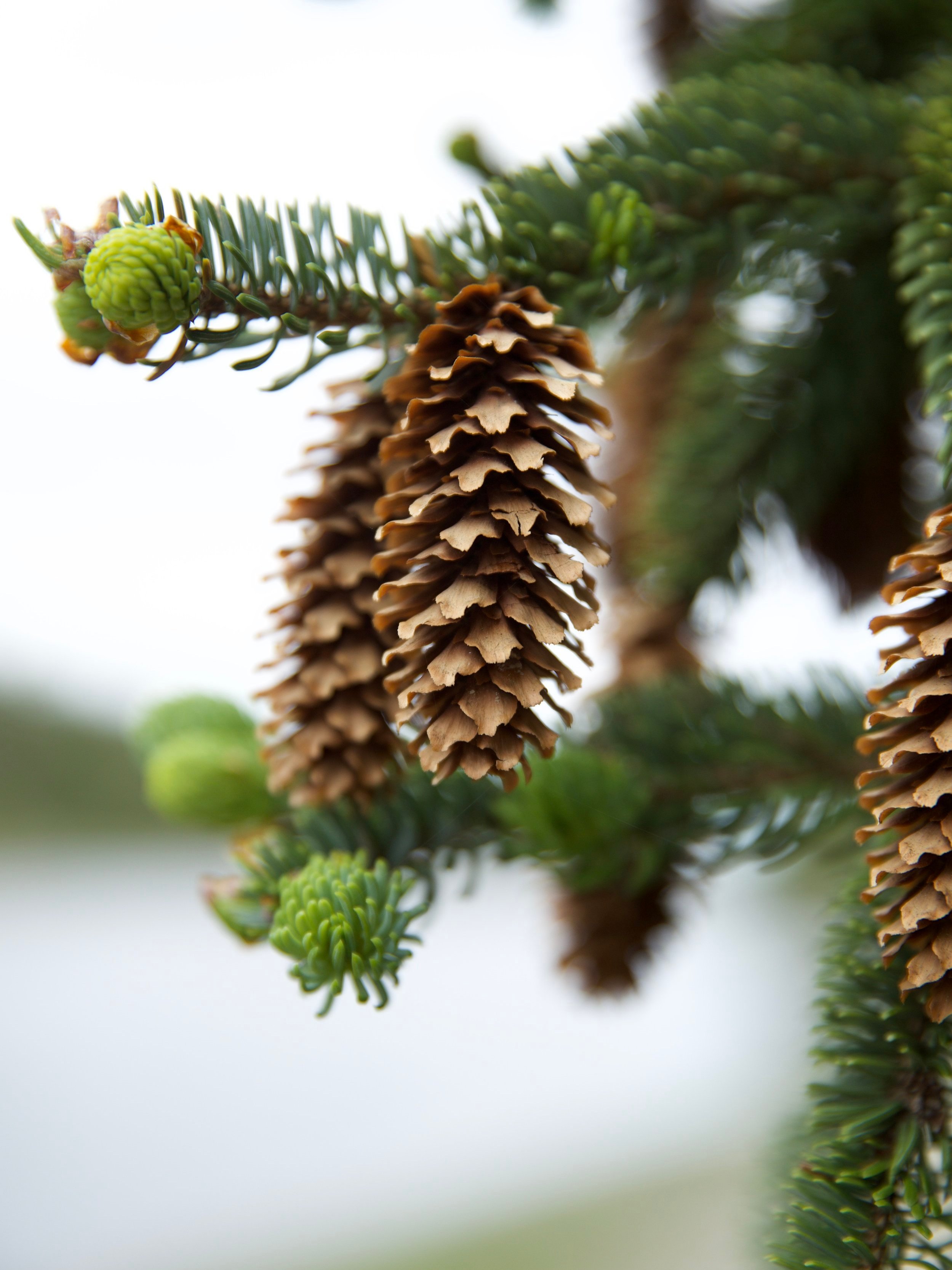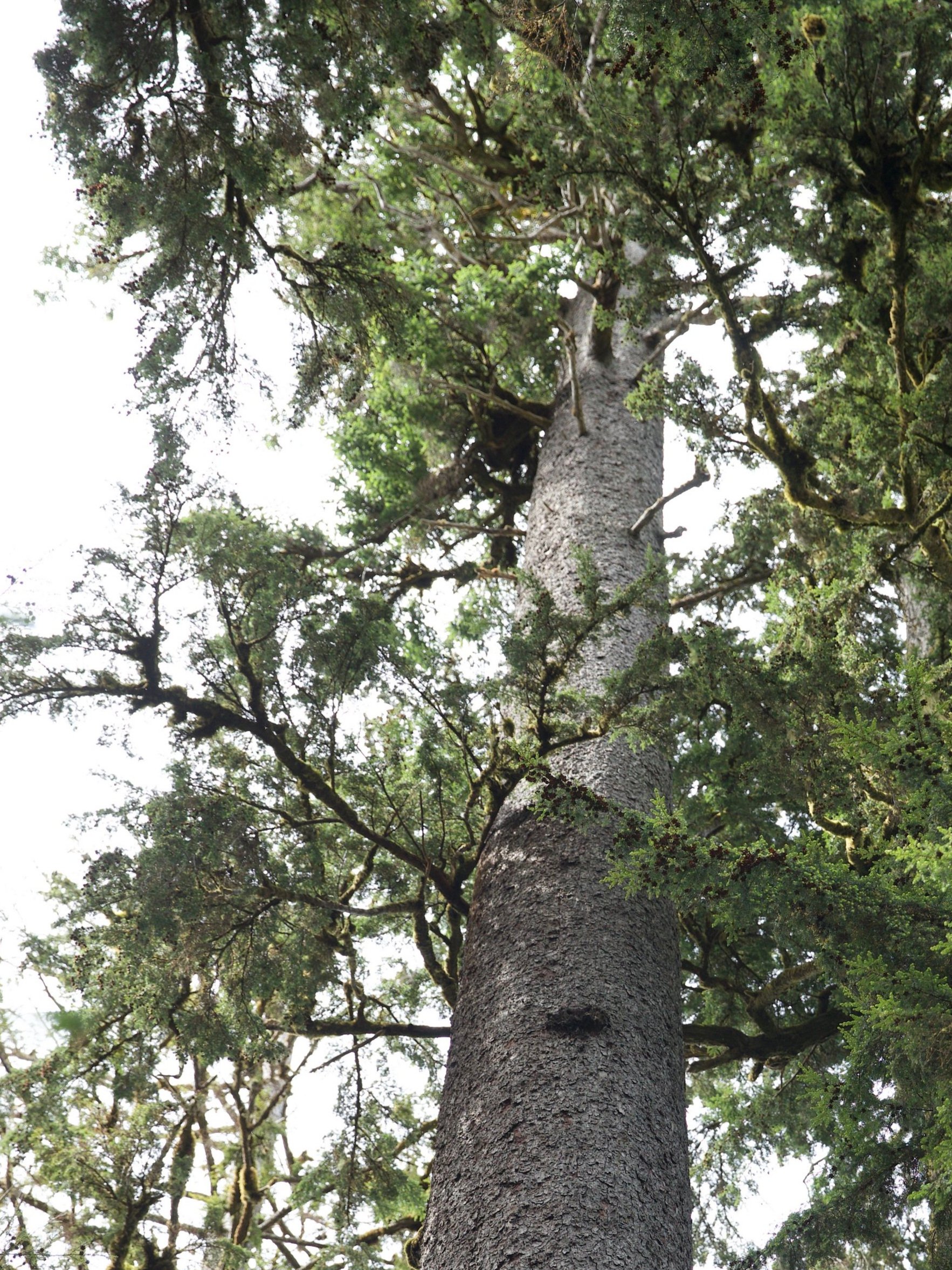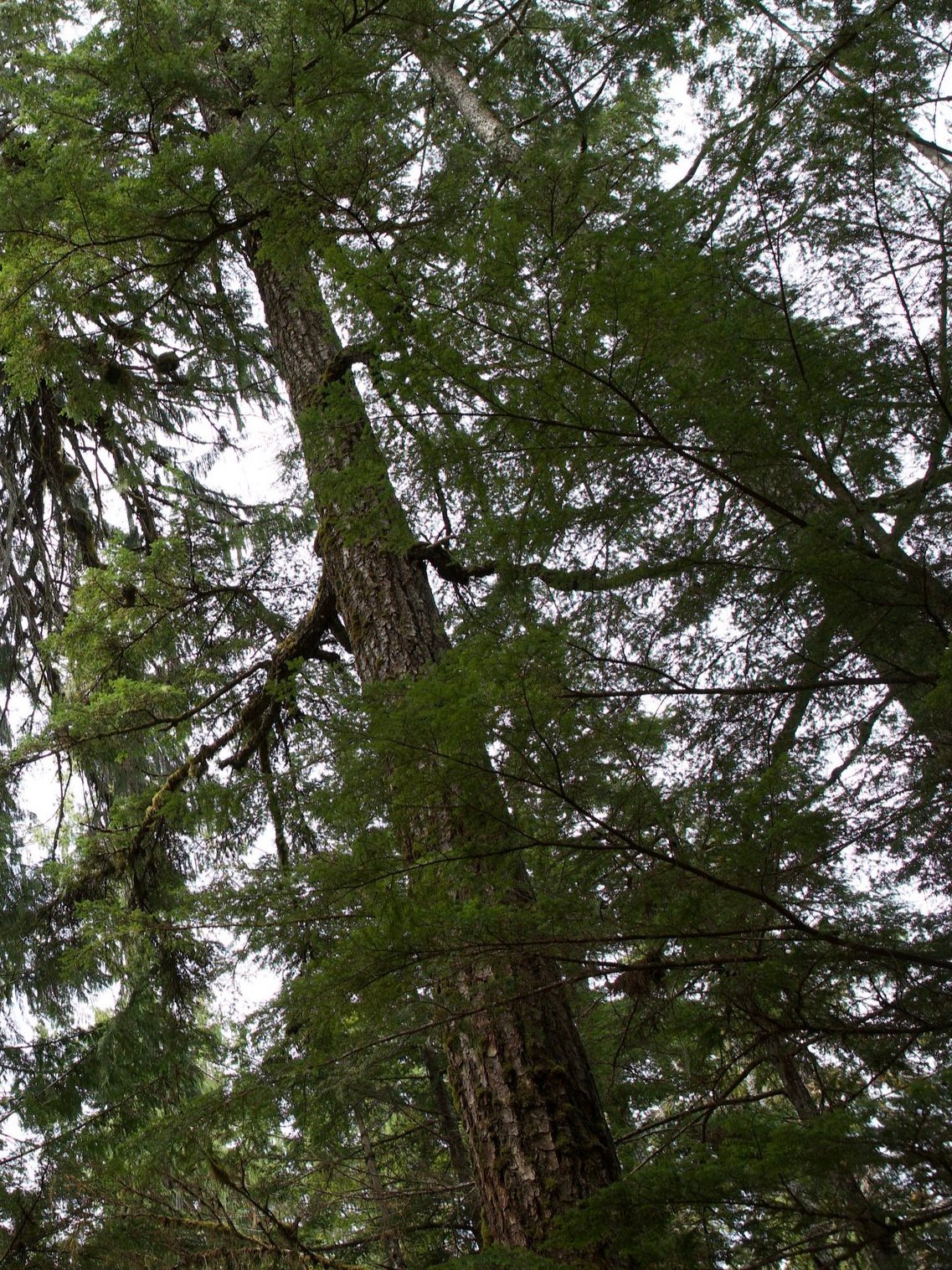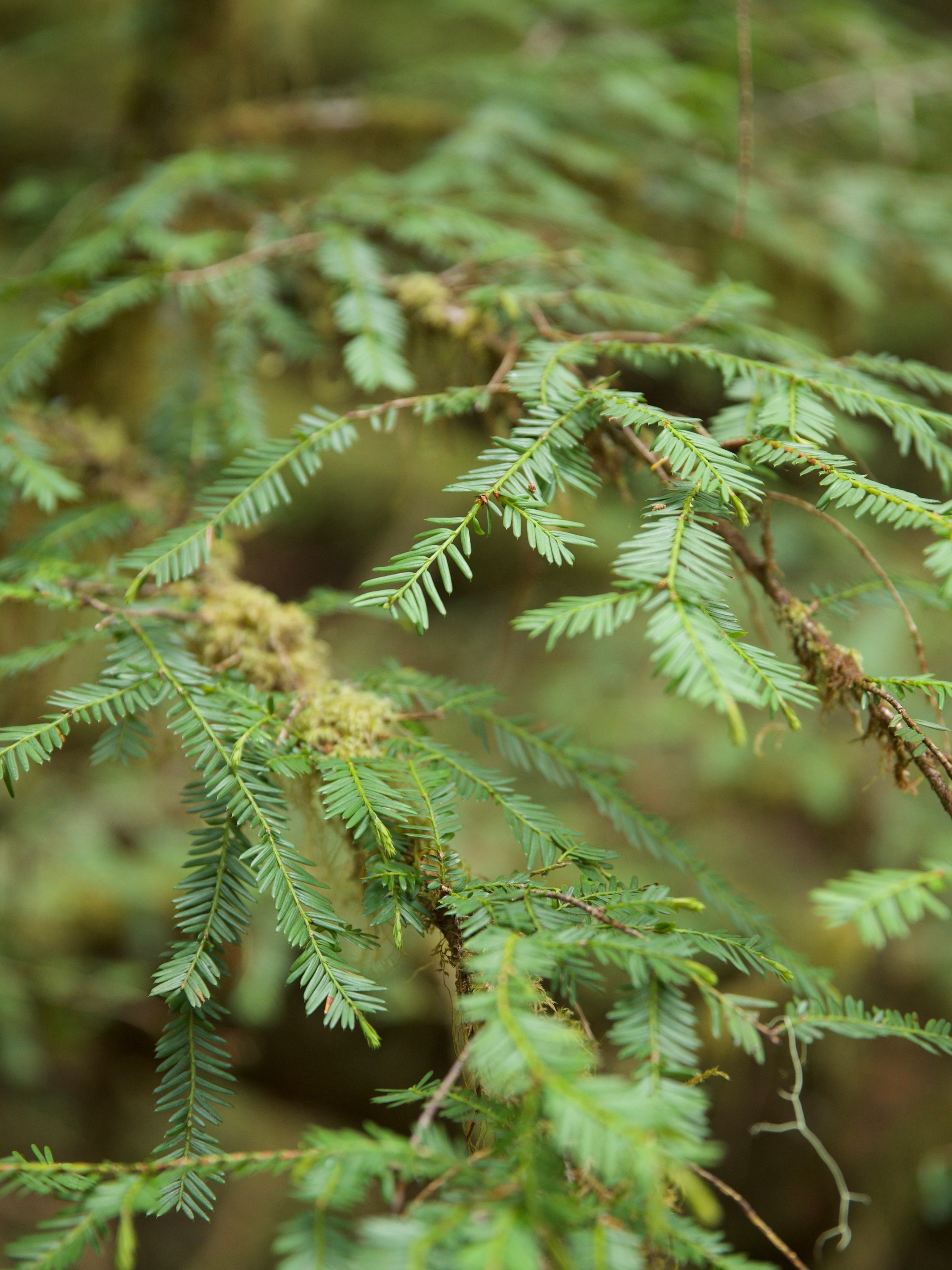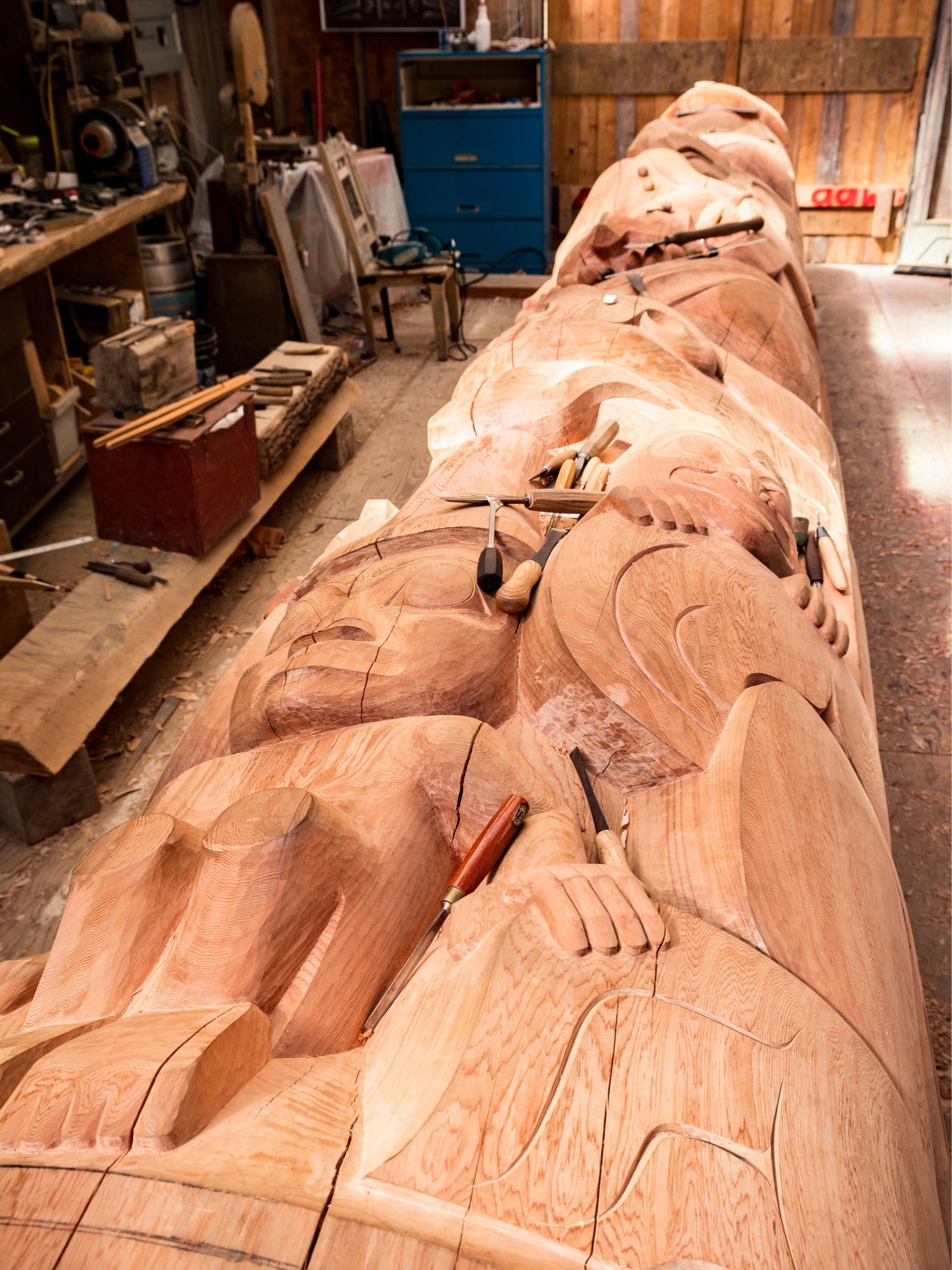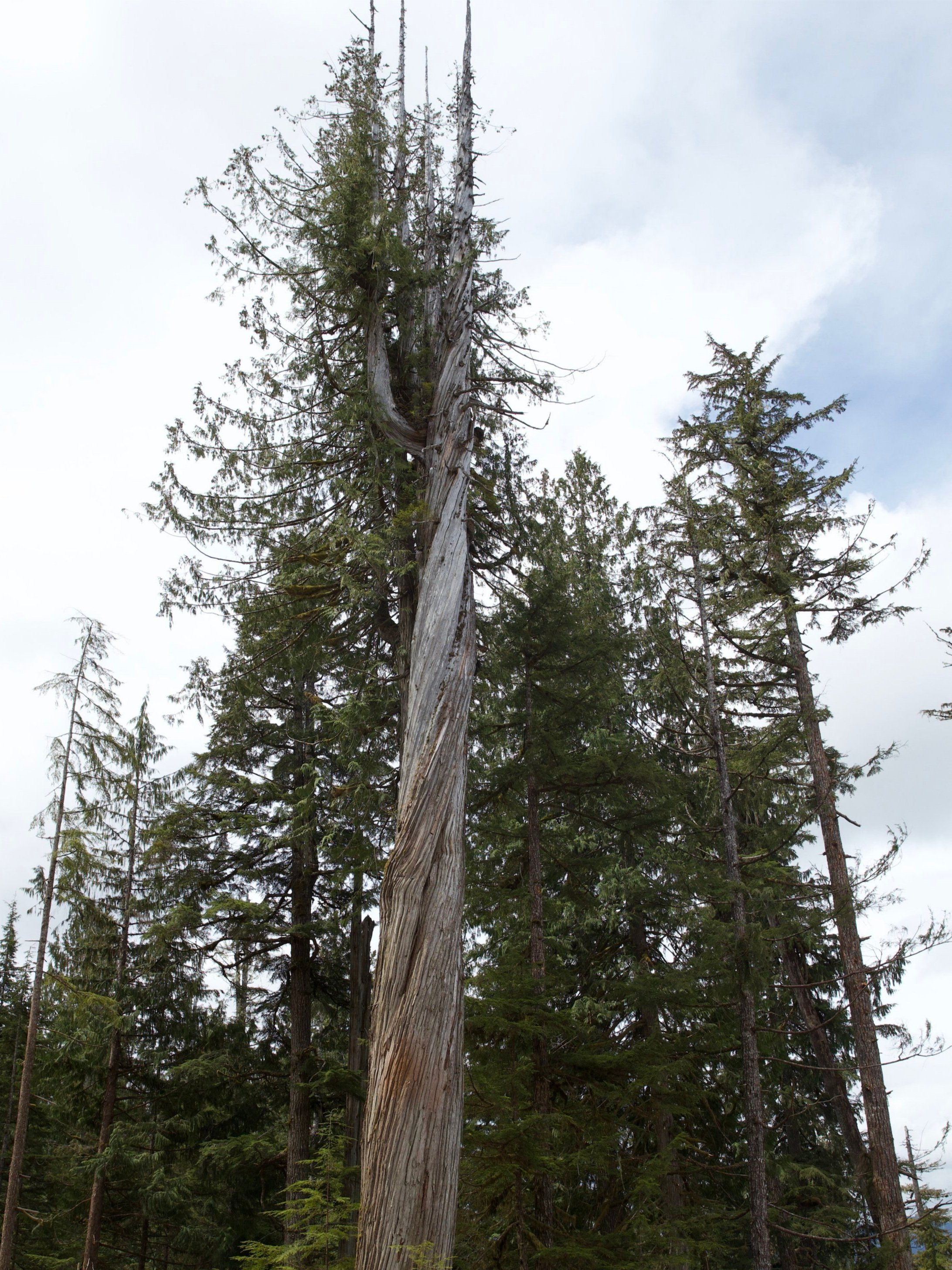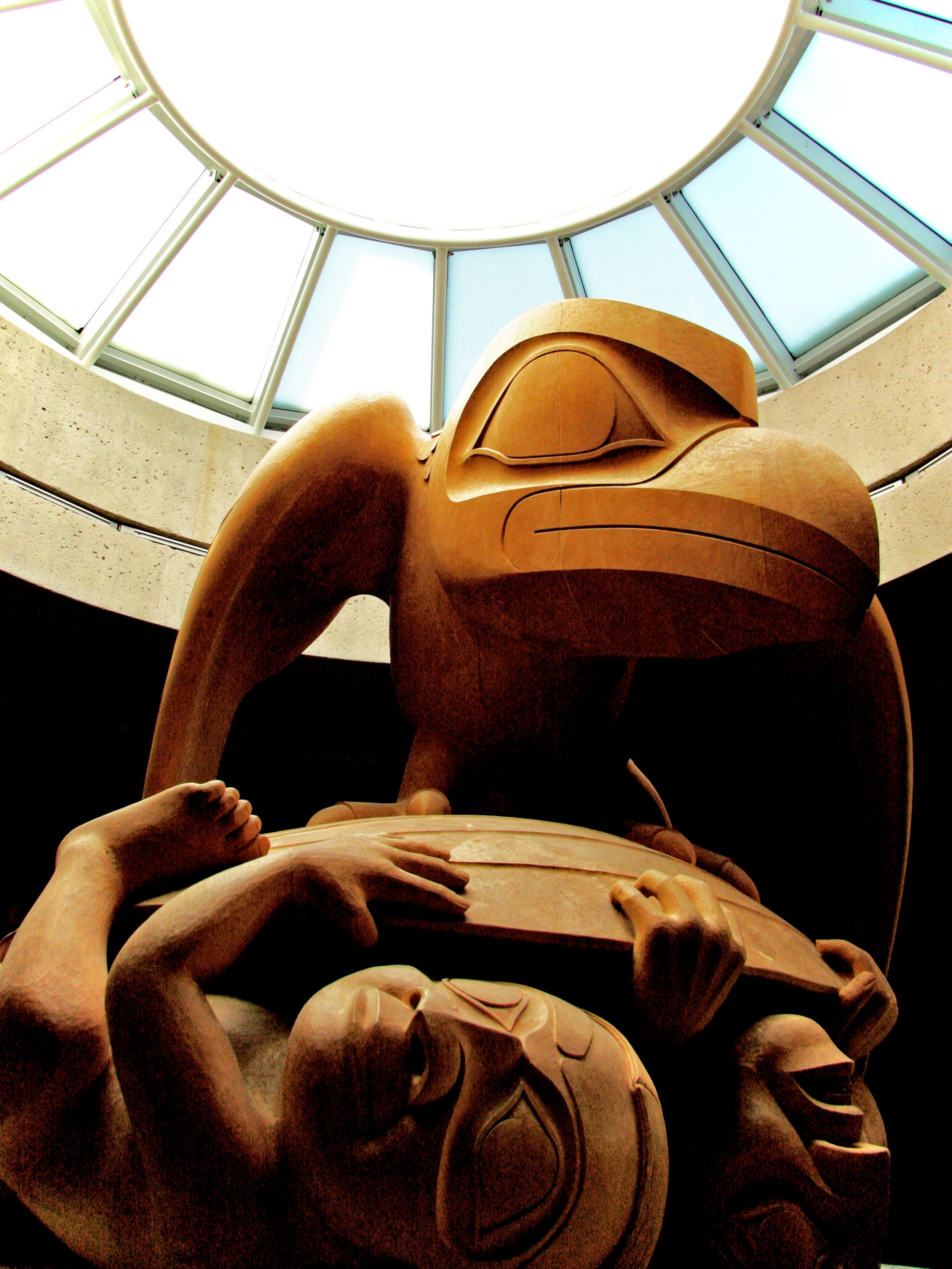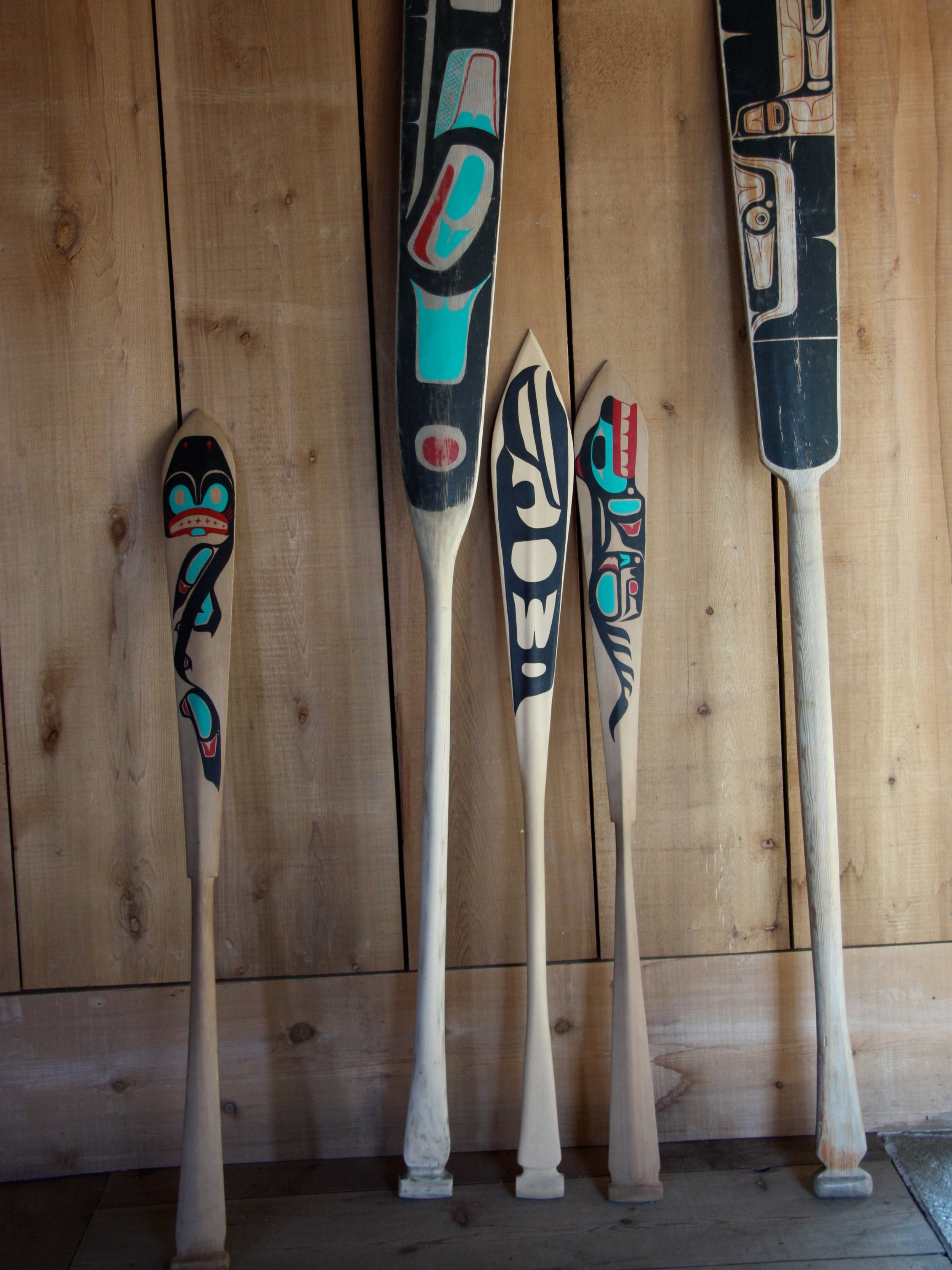The Trees of Haida Gwaii
MEET THE GIANTS OF OUR MAJESTIC COASTAL RAINFOREST
A signature feature of Haida Gwaii’s natural beauty is the towering evergreens that comprise much of the Island’s temperate rainforest. Home to various plant and animal life, these lush mossy forests are awe-inspiring. While fundamental to the ecosystem, many tree species are immeasurably important culturally and deeply woven into the fabric of our Indigenous society since time immemorial.
The following tree species are prominent on Haida Gwaii, possessing unique attributes and specialized cultural applications. Read on to learn more!
Sitka Spruce
Height: 40m, up to 70m tall 5m across
Age: 700-800 yrs
Sitka Spruce are truly gigantic. The largest of these magnificent trees can attain heights of nearly 230’ tall, with as much as a 16’ diameter. Well-suited for the weather-beaten coastline, fast-growing saplings tolerate the most challenging environments.
HlGaagilda Skidegate Dialect: Kayd / Gaw Tlagée Old Massett Dialect: Kíid
Xaayda Haida people used kayd for fuel, medicine, and the creation of everyday wares, like dishes and fishing hooks. The roots of this tree are considered especially valuable. Skilled Haida weavers are renowned for tightly woven waterproof spruce root hats and baskets, a traditional craft that continues today.
🌲 Did you know that the original flying plane built by the Wright Brothers was made with Sitka spruce?
Identify Sitka Spruce by looking for its scaly thin grey bark and especially hard, sharp needles.
Western Hemlock
Height: 40m, up to 80m tall 3m across
Age: 500 yrs
Western Hemlock can grow to impressive heights on Haida Gwaii; up to 230’ tall or more. They thrive in moist soils and are extraordinarily shade-tolerant, which is perfect for withstanding conditions on Haida Gwaii and other remote locations in BC.
HlGaagilda Skidegate Dialect: K’aang / Gaw Tlagée Old Massett Dialect: K’áang
Pliable k’aang wood was used for boxes, utensils, weirs, and hair combs, while Xaayda carvers transformed its bent trunks for giant feast dishes. For Haida kuniisii ancestors, the sap was also medicinal and practical for wound treatment.
🌲 Local foragers seek hemlock stands due to an association with wild edible fungi, such as chanterelle mushrooms.
Spot Hemlock trees by looking for drooping new growth on top, down-swept branches and soft feathery flat needles that are green and glossy with a paler underside.
Western Redcedar
Height: 40m, up to 60m, 6m across
Age: 1000 yrs
Monumental in both stature and longevity, the Western Redcedar is paramount to Haida Gwaii's ecology and is central to the lives of Xaayda people. Reaching 1000 years old or more, the wood of these remarkable trees is highly resistant to decay, despite the humid rainforest environment. Historic carved poles and architectural remnants remain standing among the mosses here, thanks to this unique characteristic.
HlGaagilda Skidegate Dialect: Ts’uu / Gaw Tlagée Old Massett Dialect: Ts’úu
Considered the "tree of life," resilient ts'uu wood was used to construct massive longhouses, iconic poles, furniture, bentwood boxes and the Nation's renowned ocean-going canoes. Among other applications, including culinary, woven ts'uu bark is ideal for textiles – including hats, mats, baskets, and capes. Integral to local culture, western red cedar remains the choice material for many master carvers and artisans today.
🌲 Evidence of Haida presence can be seen throughout Haida Gwaii. Trees with test hold or remains of cedar stripping are called CMTs or Culturally Modified Trees.
Confirm you've discovered a Western Redcedar by its stringy grey bark, buttress-rooted base, flat scale-like leaves and tiny rosebud-like cones.
YELLOW CEDAR
Height: 24m, up to 50m tall 4m across
Age: 1000 yrs, up to 2000 years
Despite being considered a slow-growing tree, Yellow Cedar can achieve tremendous sizes due to a lifespan of upwards of 1500 years.
HlGaagilda Skidegate Dialect: sGaahlan / Gaw Tlagée Old Massett Dialect: sGahláan
In Xaayda culture, the well-grained wood is ideal for carving small traditional items like rattles, canoe paddles and ceremonial masks. The inner bark of sGaahlan is wonderfully soft and fine, perfect for blankets, skirts, capes and other woven apparel.
🌲 Carved by acclaimed Haida artist Bill Reid, the notable “Raven and the First Men" sculpture (formerly depicted on a Canadian twenty-dollar bill) is made from a single block of yellow cedar.
Yellow Cedar trees have a broad, grooved trunk that spreads widely at the base, and their branches are noticeably droopy. Unlike the red species, its leaf-covered twigs appear four-sided instead of flat. The wood of both yellow and red is distinctly aromatic.
IMMERSE YOURSELF IN NATURE ON HAIDA GWAII
Discover the flora and fauna that have led to Haida Gwaii being called “the Galapagos of the North” - plan your adventure with Haida Tourism to experience the very best of Haida Gwaii.

